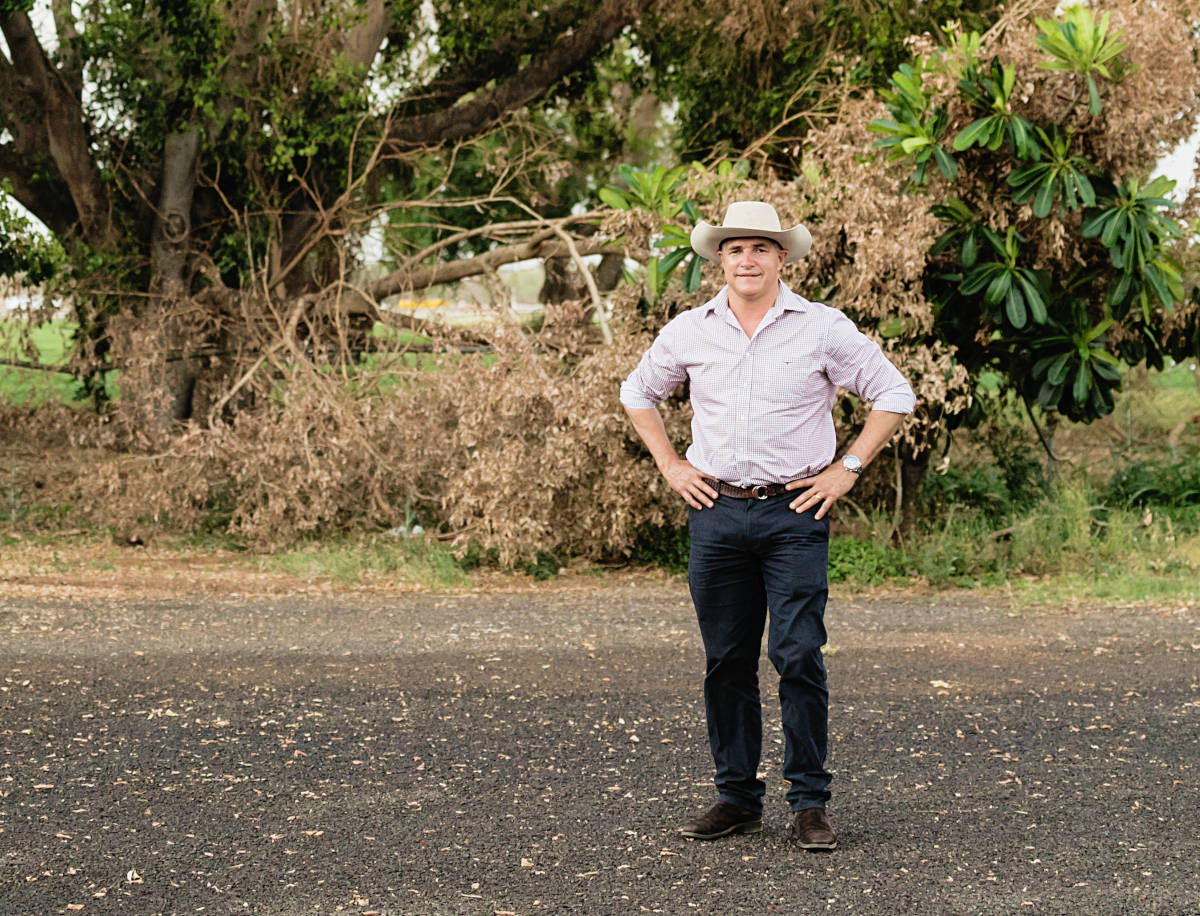
09 Jan Bat regs don’t go far enough: KAP
Draft changes to the Department of Environment and Science’s flying fox codes of practice have been blasted by Katter’s Australian Party MPs Nick Dametto and Robbie Katter as “woefully weak” as North Queensland towns continue to put up with the disease-ridden animals.
Mr Dametto said consultation drafts of the codes of practice for the “Ecologically sustainable management of flying-fox roosts” and “Low impact activities affecting flying fox roosts” would do little to solve the problem of roosts plaguing towns like Ingham, Charters Towers and Mount Isa.
“The biggest problem I have with these proposed codes of practice is that they don’t go far enough,” he said.
“The approved non-lethal deterrence methods listed as examples are still the same which is of no help to councils given these methods are expensive and non-effective in the long-term. This deters councils from undertaking dispersal, especially with the risk of wasting ratepayers’ money.
“The rest of the draft changes largely expand on things like when council can trim roost trees and how they should do it.”
Under the draft codes, councils would have four weeks to do roost management from the time they give the Department a notification, as opposed to two weeks under the old code, and when dispersing flying foxes in the early evening, can now do so for three hours instead of two.
While “low impact activities” on a roost must immediately cease and the Department notified if a flying fox is killed, injured or found on the ground, activities undertaken by councils can now recommence after a minimum of two hours if a flying fox expert agrees and the person in charge of the activity determines it poses no risk to other flying-foxes at or near the roost.
But the KAP believes the changes would do little to help councils manage the issue.
“The Department needs to look at more invasive and proven methods of flying fox dispersal that will enable these animals to be permanently moved away from populated town centres,” Mr Dametto said.
“Suggestions that have been put to me by residents include using a drone equipped with a speaker to scare and muster the roost away to an unpopulated location, establishing birds of prey nests in the area and even unleashing green ants to get flying foxes out of the trees.
“Looking at these codes, there seems to be an awful lot of attention put on the welfare of these animals instead of prioritising the needs of councils to protect their communities.”
State KAP Leader Robbie Katter said if anyone needed proof of the state’s failed handling of flying fox infestations, they only needed to visit Charters Towers, which is currently dealing with an infestation of more than 250,000 of the protected animals.
“The government restricts the handling of these animals, through legislation and also the codes of practice to such a degree that they are unworkable,” he said.
“To make matters worse, they then say it is a council’s job to handle the problem, even though they are entirely under-resourced and inexperienced to do so.
“It’s a shocking example of blame-shifting while tying council’s hands behind their back.”
The Department of Environment and Science expects all approved amendments to the codes will be made this month.

Sorry, the comment form is closed at this time.